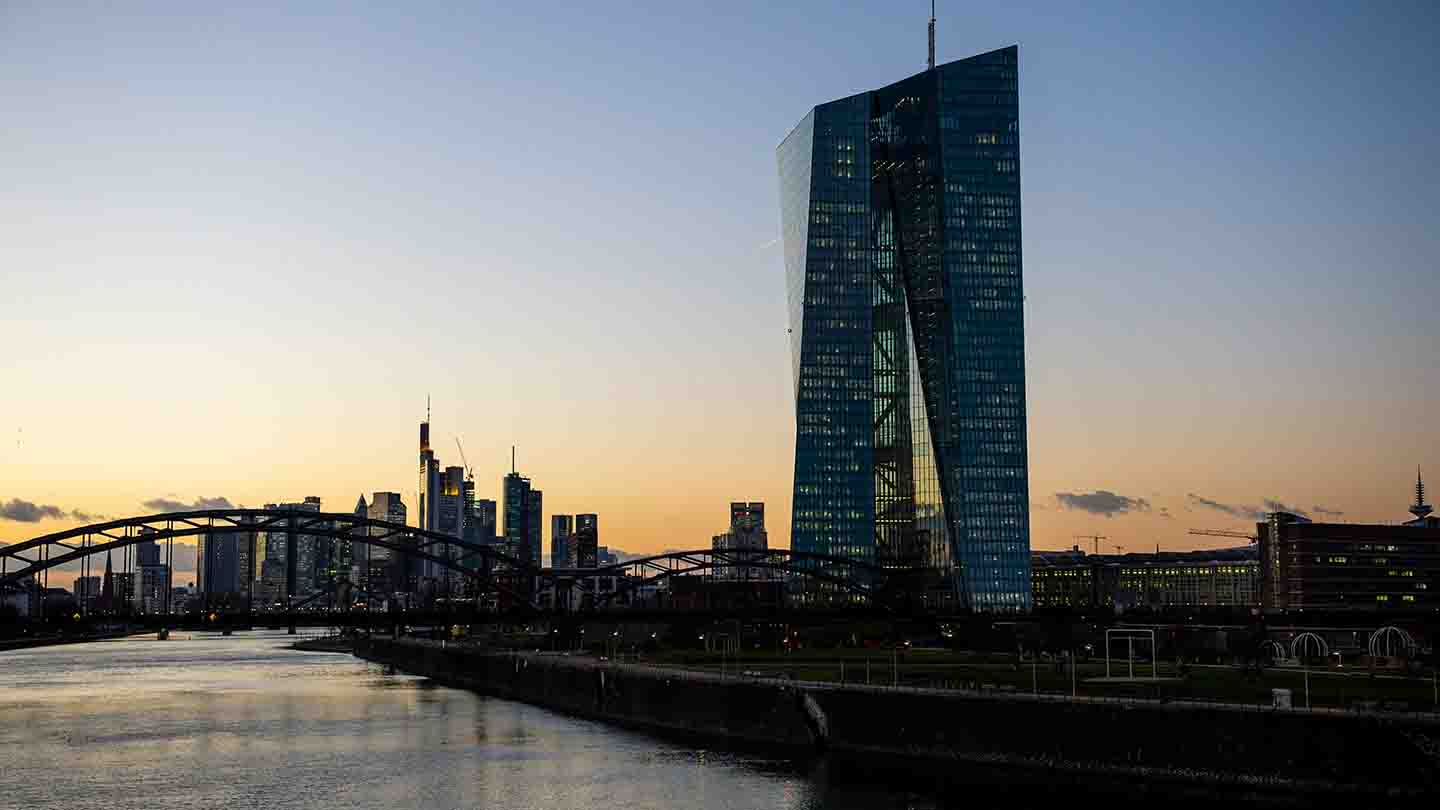
Image: The European Central Bank in Frankfurt by Charlotte Venema on Unsplash. "Inflation has come down from its peaks, both in the US and in the euro area and currently we also see wage pressures becoming less significant in the euro area. This paves the way for central banks to gradually start cutting rates," says Heidi Schauman, Global Head of Research.
After years where the abnormal was the new normal, it now seems that economies are moving towards more normal conditions.
The Corona crisis was followed by an inflation crisis with corresponding significant interest rate increases, which created uncertainty and difficult conditions for growth.
But according to the latest edition of Nordic Outlook, we are now moving towards more normal economic indicators. Inflation is getting under control, there are prospects for interest rate cuts, and this also lays the groundwork for more stable growth in the Nordic countries.
"Inflation has come down from its peaks, both in the US and in the euro area and currently we also see wage pressures becoming less significant in the euro area. This paves the way for central banks to gradually start cutting rates," says Heidi Schauman, Global Head of Research.
But even though we are moving towards more normal conditions, there are still risks, although this time it does not seem to be about inflation.
"When you look at the risk picture – there has been a slight tilt towards more risks of a more rapid slowdown of the economy, while we see less risks related to sticky inflation and high wage pressures," says Heidi Schauman.
See Heidi Schauman explain more in this video:



.png?h=70&iar=0&w=70&rev=c7972b934bdc4f53bd1d322e4bc5984c&hash=06CE2A1C9366967C0E72E2133E5B2305)